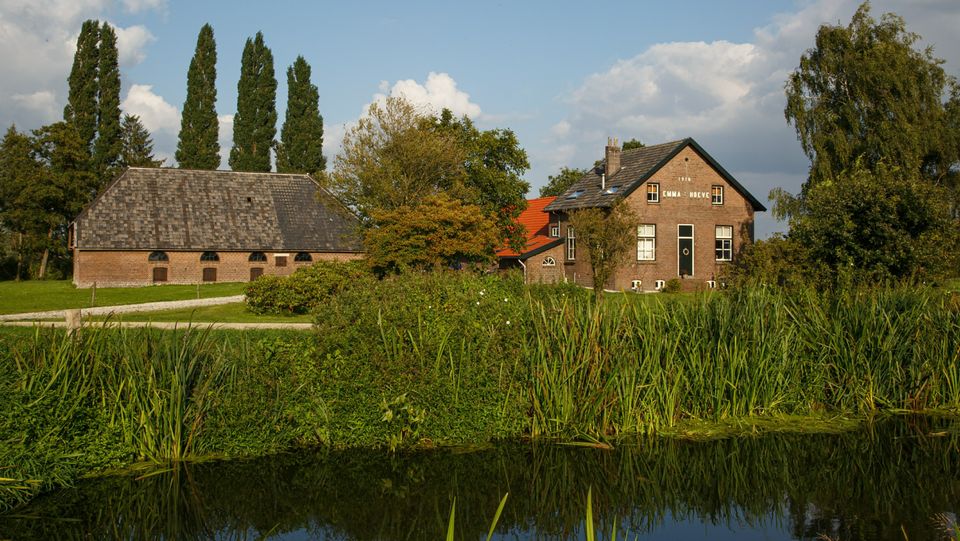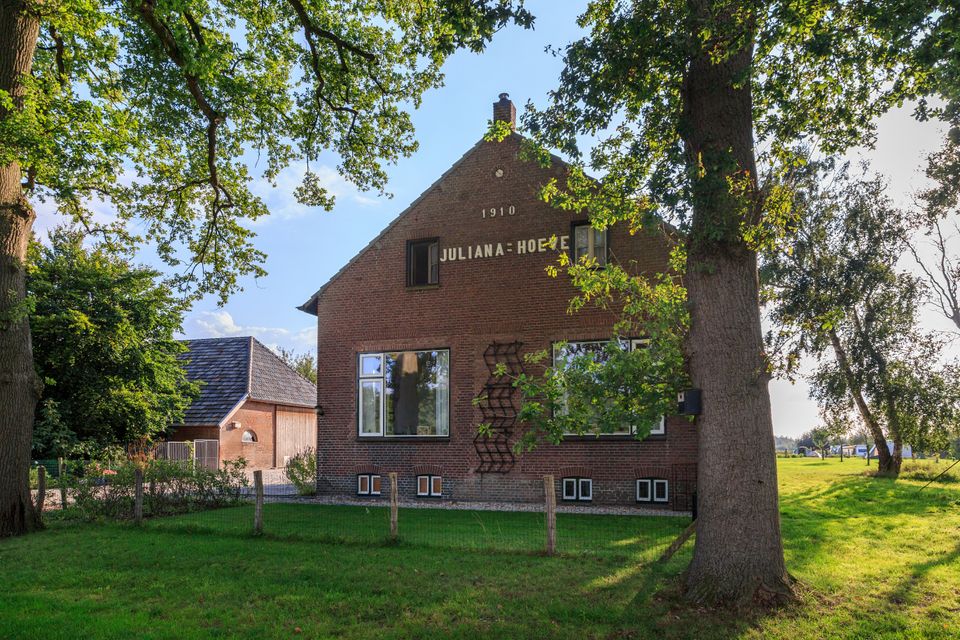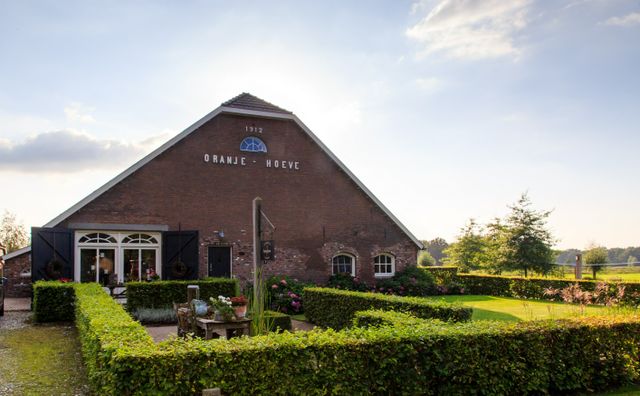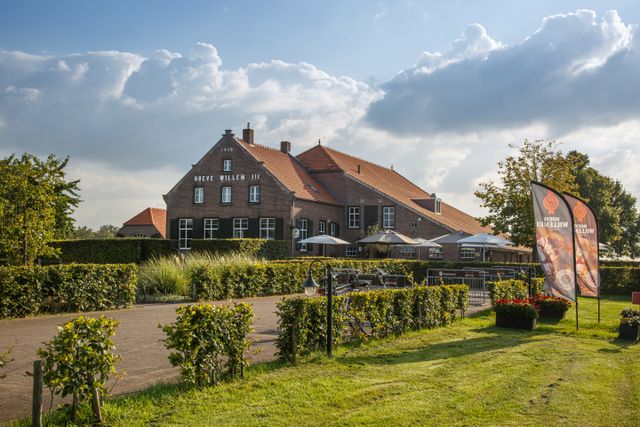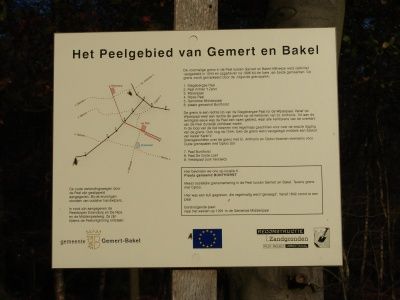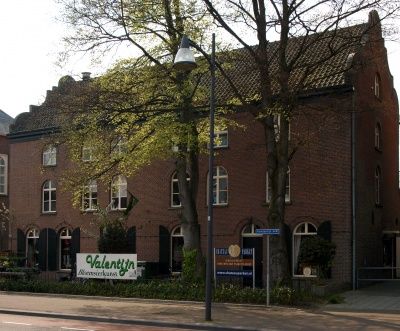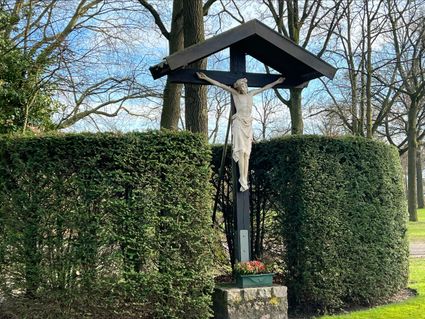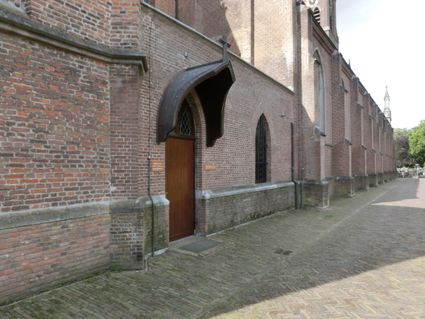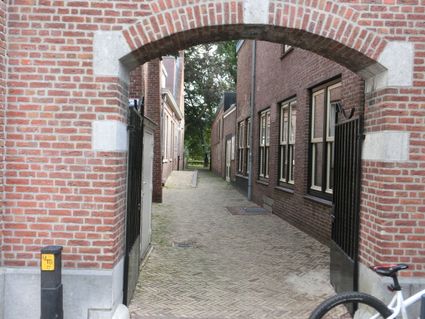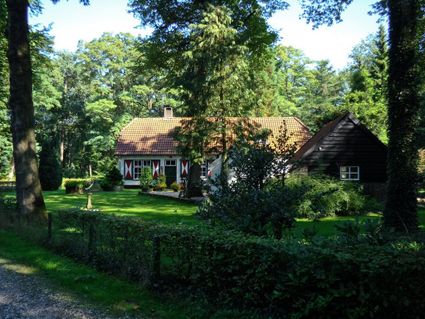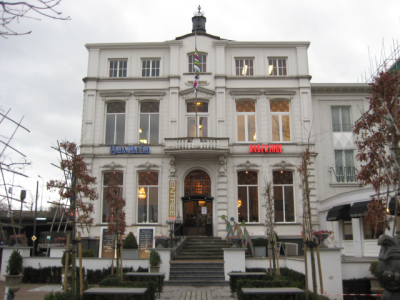Koningshoeves
From cutting peat to agriculture and cattle breeding The Helenavaart stream forms the background for a number of monumental farms, the so-called kings´ farms. Between 1908 and 1920, nine large farms were built alongside the Helenavaart. The farms were built by Helenaveen Company. The Company had originally been established for promoting the cultivation and peat exploitation of the Peel. However, after 1900 cutting peat became less important and a new era arrived. Instead of letting the ground turn to peat, agriculture now became the primary means of existence in Helenaveen. Farms with royal names The farms were created with support of the King Wi…
From cutting peat to agriculture and cattle breeding The Helenavaart stream forms the background for a number of monumental farms, the so-called kings´ farms. Between 1908 and 1920, nine large farms were built alongside the Helenavaart. The farms were built by Helenaveen Company. The Company had originally been established for promoting the cultivation and peat exploitation of the Peel. However, after 1900 cutting peat became less important and a new era arrived. Instead of letting the ground turn to peat, agriculture now became the primary means of existence in Helenaveen. Farms with royal names The farms were created with support of the King Willem III foundation, founded in 1889 with the goal of offering help to Dutchmen in trouble. The farms were built in a style common in the north of the Netherlands to attract dairy farmers who were very successful in the North. Due to their being built with royal support, the farms were given royal names. The Willem III, Wilhelmina and Emma farms are listed buildings. The Hendrik farm, the Konings farm and the Nassau farm have by now disappeared. New destinations The Willem III farm is now the site of a company making ice cream by traditional methods. The milk for the ice cream used to come from the Juliana farm, at the time a dairy farm. Initially, ice cream was produced to sell to third parties only but since 2002, day trippers and people on holiday can also eat a home-made ice cream on the terrace of the Willem III farm. The Oranje farm has been a bed & breakfast for some years now. The Wilhelmina farm houses an interior design agency with showroom. Jewels of the landscape The royal farms were built at regular distance from each other. By their position at the top of a trident, they mark the waterway system constructed during the time the peat grounds were cultivated and exploited. The monumental farms are also landscape jewels and ensure an enjoyable experience of the surrounding open space.

